 W
WMost public switched telephone networks have a single emergency telephone number that allows a caller to contact local emergency services for assistance. The emergency number differs from country to country; it is typically a three-digit number so that it can be easily remembered and dialed quickly. Some countries have a different emergency number for each of the different emergency services; these often differ only by the last digit.
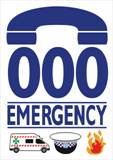 W
W000 Emergency, also known as Triple Zero or Triple 0, and sometimes stylised Triple Zero (000), is the primary national emergency telephone number in Australia. The Emergency Call Service is operated by Telstra, and overseen by the Australian Communications and Media Authority (ACMA), and is intended only for use in life-threatening or time-critical emergencies.
 W
W9-1-1, also written 911, is an emergency telephone number for the North American Numbering Plan (NANP), one of eight N11 codes. Like other emergency numbers around the world, this number is intended for use in emergency circumstances only, and using it for any other purpose is a crime in most jurisdictions.
 W
W106 Text Emergency Call, commonly known as simply 106, is the Australian national emergency telephone number to be used in life threatening or time critical situations for those with a speech and / or hearing impairment who use telecommunications device for the deaf. It is run by the emergency telephone operator for the National Relay Service (NRS); formerly the Australian Communications Exchange (ACE), a non-profit organisation that provided the relay services component for the NRS. 106 can only be used by people with a TTY / textphone, or a computer with terminal software and a modem. 106 calls are given priority over other calls handled by the National Relay Service. 106 is a free-to-call number.
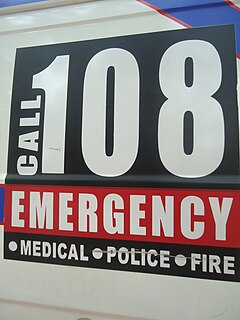 W
WDial-108, or one-zero-eight is a free telephone number for emergency services in India. It is currently operational in 22 states and two Union Territories. The 108 Emergency Response Service is a free emergency service providing integrated medical, police and fire emergency services. This system was introduced nationwide by former Union Health Minister, Dr. Anbumani Ramadoss. In Madhya Pradesh, the 108 GVK Ambulance facility was implemented in July 2009 by Honorable Chief Minister Shivraj Singh Chauhan. It was inaugurated by Health Minister Mr. Narottam Mishra. The service is a public-private partnership between state governments and private EMS providers. This 108 service was rolled out initially by Ramalinga Raju and his family. Dr.Y.S Rajashekar Reddy, who was the then Chief Minister of Andhra Pradesh, was the first Chief Minister to sign an agreement with EMRI to roll out the services in the state of Andhra Pradesh. With the life-saving service becoming so popular in the rural parts of combined Andhra Pradesh, the (108) system was later introduced by the Central government of India in other parts of India. The system was originally designed by Satyam Infotech. As of November 2014, this service had handled over 540,000 emergency cases in India. On an iOS device, "Hey Siri, 108" command to Siri will place an emergency call.
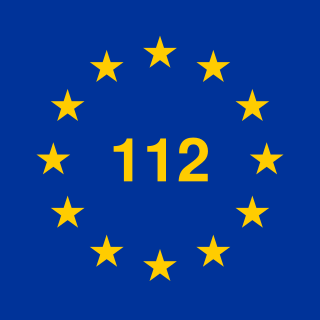 W
W112 is a common emergency telephone number that can be dialed free of charge from most mobile telephones, and in some countries, fixed telephones in order to reach emergency services.
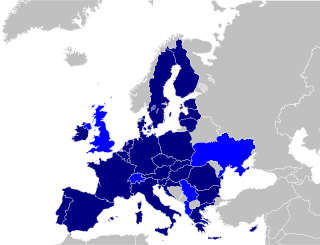 W
W116 000 is the European missing children hotline number. It was the first harmonised service of social value to be adopted by the European Union. The 116 000 hotline provides free, immediate life saving support when children go missing.
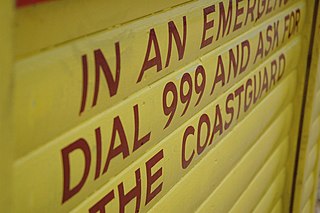 W
W999 is an official emergency telephone number in a number of countries which allows the caller to contact emergency services for urgent assistance. Countries and territories using the number include Bahrain, Bangladesh, Botswana, Eswatini, Ghana, Guernsey Hong Kong, Ireland, the Isle of Man, Jersey, Kenya, Macau, Malaysia, Mauritius, Poland, Qatar, Sudan, Saudi Arabia, Singapore, Trinidad and Tobago, the Seychelles, Uganda, the United Arab Emirates, the United Kingdom, and Zimbabwe.
 W
WEuropean 112 Day is an international day that is annually held on February 11. It was introduced by the European Union and aims to promote the existence and appropriate use of the Europe-wide emergency number 112.
 W
WIn many countries, dialing either 1-1-2 1-1-1 or 9-1-1 will connect callers to the local emergency services. Some countries use other emergency telephone numbers, sometimes also depending on the emergency service. Some but not necessarily all emergency numbers are listed below.
 W
WAn N11 code is a three-digit telephone number used in abbreviated dialing in some telephone administrations of the North American Numbering Plan (NANP).
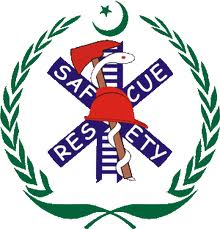 W
WRescue 1122 is an emergency service that serves Punjab Province in Pakistan. The service is accessed by calling 1122 from any phone. It was established under the 2006 Punjab Emergency Service Act to provide management of emergencies such as fire, rescue and emergency medical services. The Punjab Emergency Council and District Emergency Boards have been constituted to ensure management and prevention of emergencies and to recommend measures for mitigation of hazards endangering public safety. Dr Rizwan Naseer is the current Director General of Rescue 1122 Pakistan.